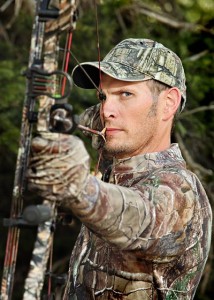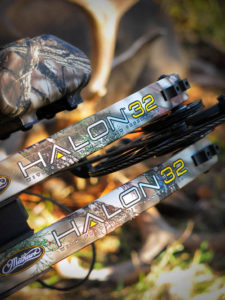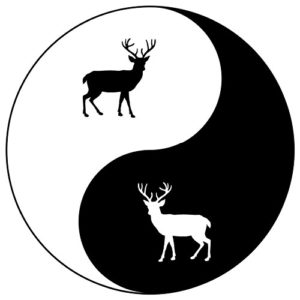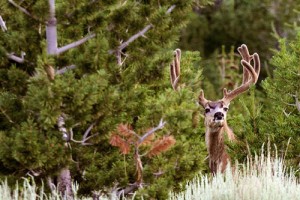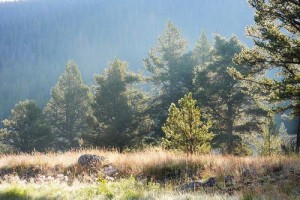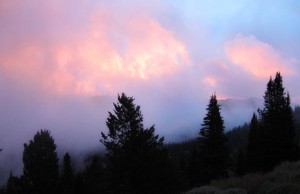Confidence in Hunting
A trophy hunter believes he can do it, and not in some cliché way. He actually believes he possesses all the right skills to find and arrow a giant deer. He trusts his decisions afield. He hunts in a relaxed manner while drawing from years of experience and a deep understanding of his prey. On any given day he expects to locate the biggest buck in the area. Having a couple big mounts on the wall back home certainly helps to boost his confidence.
One tenet in business is that success breeds success. Successful entrepreneurs often share a familiar story: It takes years of work and many failures to earn their first million dollars, but only a short time to earn their second million. Success in any arena requires confidence.
Newbie bowhunters often struggle with confidence simply because they haven’t arrowed anything big yet. People transitioning to the bow from the gun sometimes lose confidence when they realize just how difficult it is to close the distance on a cagey old buck rather than sniping it from 600 yards across a canyon.
During my first bowhunt, after spooking several bucks out of bow range, I remember looking down at my 80s-model hand-me-down bow and feeling completely helpless. What I didn’t realize was that I was learning a lot about deer behavior with every encounter. The next season I arrowed a little 4×4 buck that had me brimming with confidence.
Hunting Mentors
Without confidence, you’ll continually second guess yourself. Which direction should I travel? Where should I sit in ambush? At this stage it’s helpful to have a mentor. If you don’t have a mentor, don’t despair; there are innumerable books, magazines, and online resources available that teach various hunting skills including locating, stalking, and field judging bucks.
Confidence increases as you learn about your prey and its behavior. Even before the season starts you need to get out there and put in some time scouting, tracking, and observing deer in their natural environment. The woods itself really is the best teacher. Learning how to identify big buck sign and habitat is key. No longer will you waste time in small deer habitat or nursery areas.
Before I ever bagged a real trophy buck I thought I was a decent bowhunter. It wasn’t until I went up against a true 200-incher that I realized how little I knew. Trophy bucks act completely different than smaller bucks; they really are entirely different animals. For two years I played catch up, reading everything I could find on mule deer while simultaneously spending more days afield. It finally paid off and I got my trophy. Now, when I enter the woods I truly believe I can find and harvest a trophy buck with some level of consistency.
Confidence in Archery
Confidence plays an important role in shooting skills too. You’ll be lucky to get one shot in a season, so you need to be intimately familiar with your bow. I recommend shooting your bow year-round in order to maintain your shooting muscles and maintain your effective range. Everything, from loading an arrow to drawing your bow undetected should become automatic.
Finally, confident hunters know when to pull out. What if your honey hole dries up or is overrun with other hunters? This happens all the time, so you need to have the confidence to abandon your traditional hunting area and find a brand new one.
Conclusion
When I set my annual goal to harvest a trophy, I envision a real monster buck with huge mass and wide-sweeping antlers. I am confident that at least one giant, stud-buck lives in every unit of my state. I just have to find it. I can set such lofty goals because I know I will consciously and subconsciously do things every day to reach my goal.
The difficulty inherent in bowhunting may lead you to believe that trophy deer are impossible to hunt. Sometimes we elevate these animals to mystical levels, viewing them as unhuntable specters of the woods. Big bucks might be masters of survival, but they’re still just big, stinky animals. When they bust out and fly away from us with incredible speed and majesty, they still have to go somewhere. As quickly as they disappear, they reappear somewhere else. Go out and find them. You are a good hunter; you can do it!

